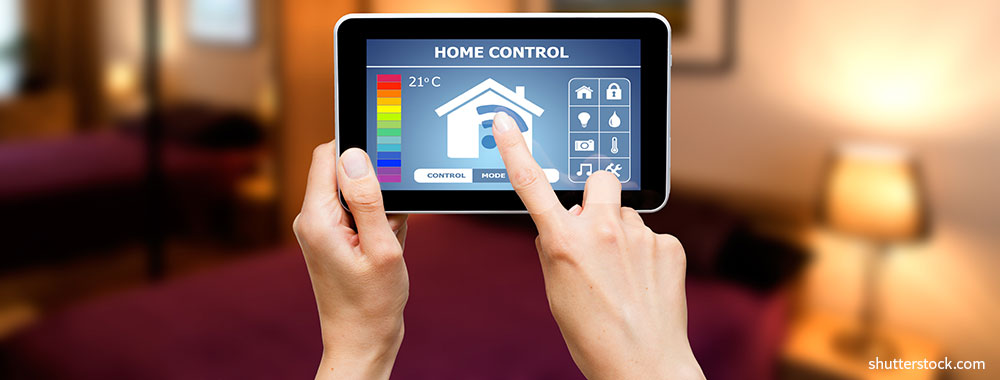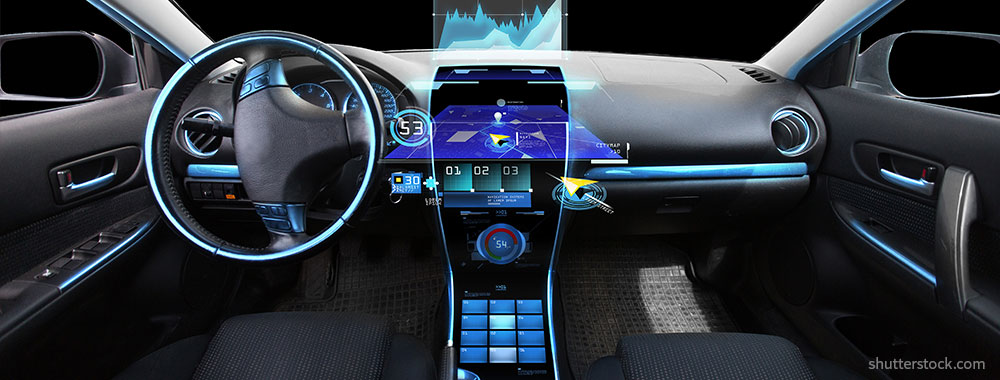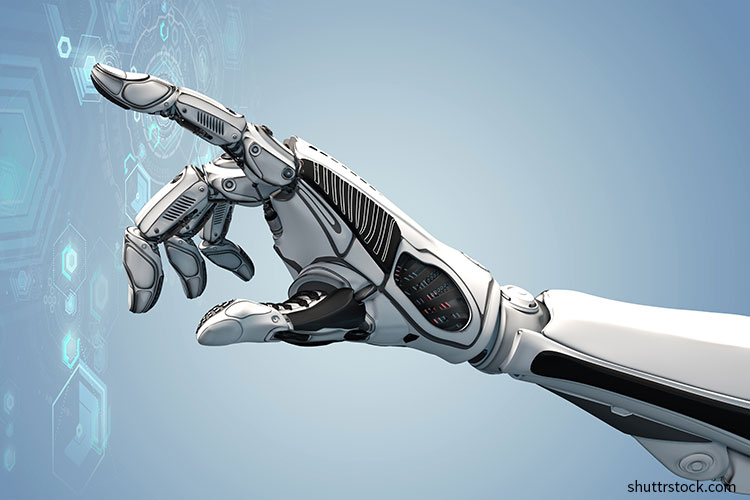We saw quite a bit happen in 2016, and if you’re like a great majority of people, then you want to get as far away from that year as humanly possible.
However, you might be surprised to learn that “bad,” “weird,” and “unexpected” aren’t the only words that can be used to describe 2016. You could also use the word “modern.”
In 2016, we saw a handful of futuristic technologies become something normal to us. Sure, these technologies existed well before 2016 – so it wasn’t like the year birthed them or anything. But this past year did make these technologies more accessible, more common, and more “everyday.”
In particular, here are three technologies we consider rather “commonplace” at this point.
Smart Homes

According to TechCrunch, this past holiday season, Amazon sold 9 times as many Echoes than it did last year. The device is mass-produced; it’s readily available, and it’s relatively inexpensive. And not to mention, it makes for a perfect Christmas gift. However, that’s not the only smarthome device you’ll find hanging out in people’s homes these days.
If you haven’t already, you’ll start to notice smart TVs (like Samsung, Vizio, and LG), voice-activated assistants (like Echo and Google Home), smart thermostats (like Nest), smart doorbells, video cameras, and alarm systems (like Ring, Netgear, and SimpliSafe), and maybe even a few smart appliances, smart lights, smart smoke detectors, and smart blinds. There’s just a whole lot of smart floating around the everyday home.
Smart Cars

Tesla, Google, Uber… these tech giants are jumping feet first into the smart car industry. They’re ready for streets full of self-driving smart cars that can automate your day-to-day commute and prevent accidents in the process. Sort of like this Telsa did here…
However, we aren’t fully there yet, and it’ll probably be another good decade or so until we are there. But that doesn’t mean for a second that our cars aren’t smarter than they ever have been. They can connect seamlessly with our phones, provide us with turn-by-turn directions, run on zero fuel, and talk to us as we drive. They’re pretty darn smart.
Wearables
![]()
Oh boy, has the wearable industry gone mainstream or what? At this point, owning a Fitbit, Misfit, or Garmin is really no big deal. People everywhere are watching their steps and tracking their activity – not that they actually do anything with the data they receive back.
But nonetheless, wearables are all over the place. Attached to a wrist. Worn around a neck. Or tucked into a pocket. People have real-time access to their physical activity and can even track heart rates, blood pressure, and breathing patterns.






